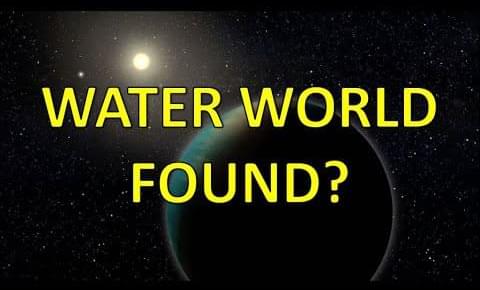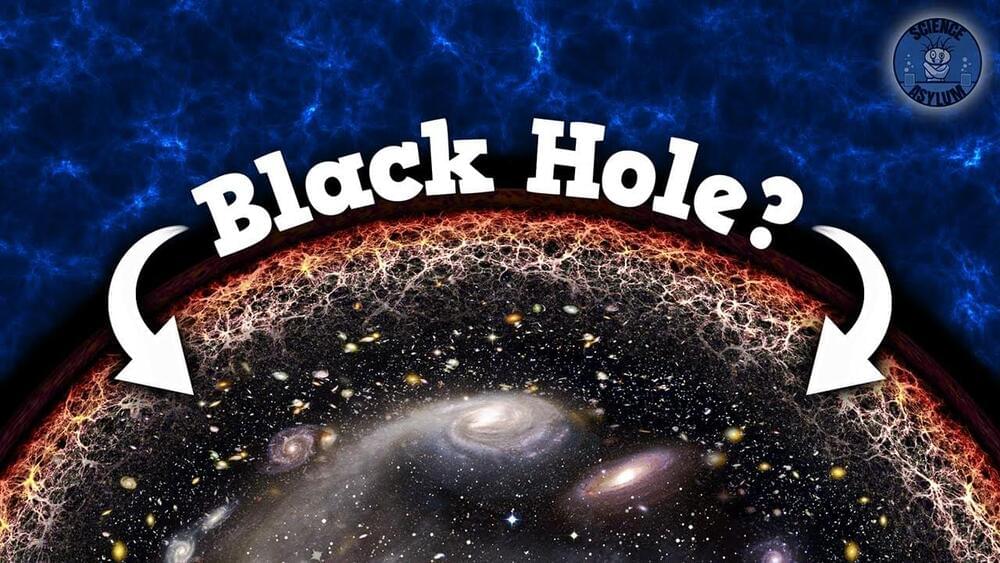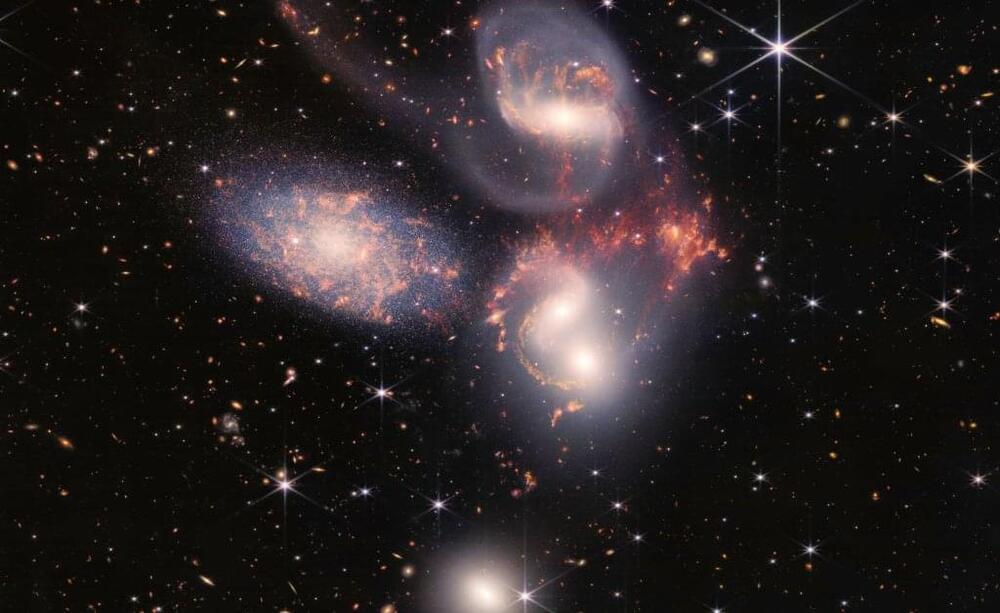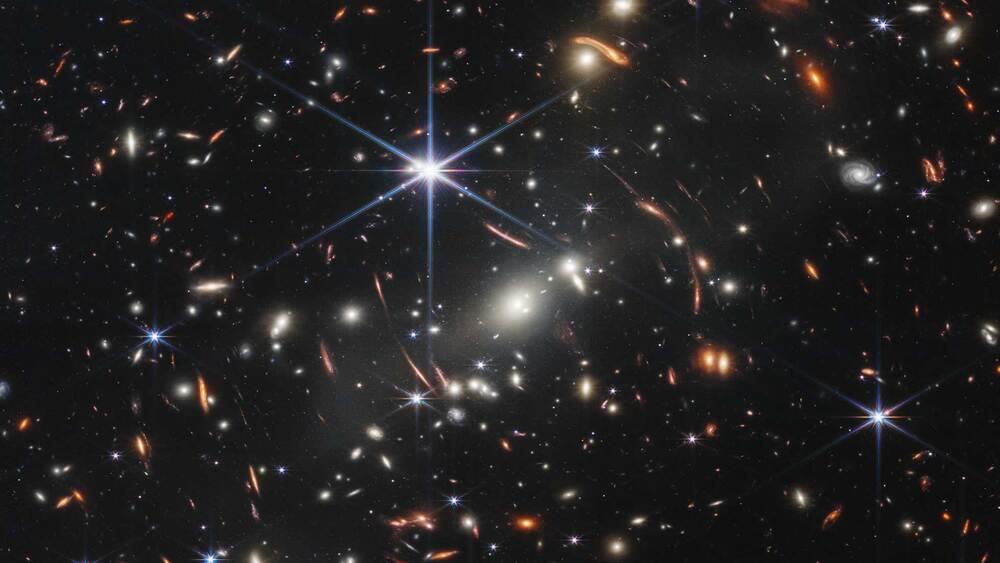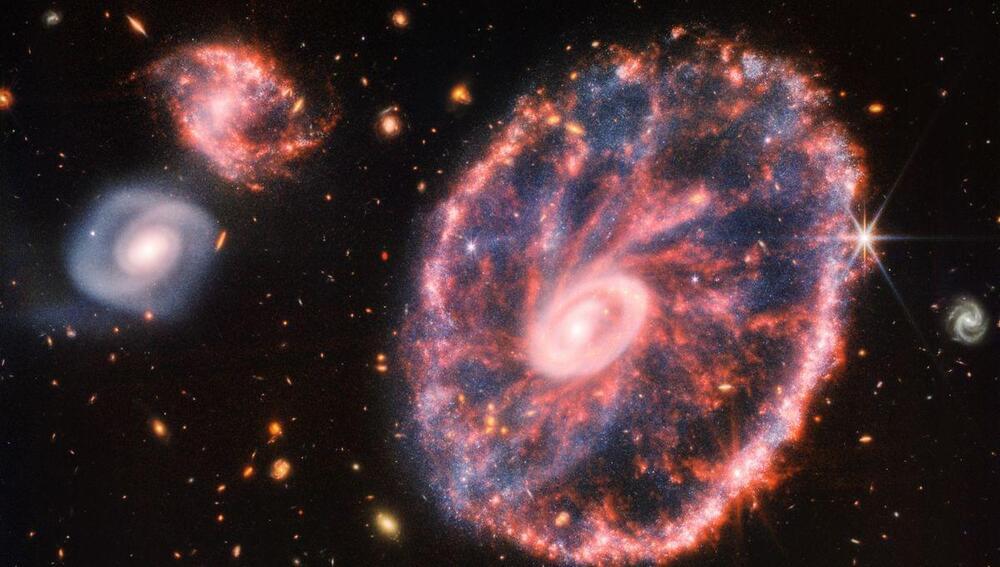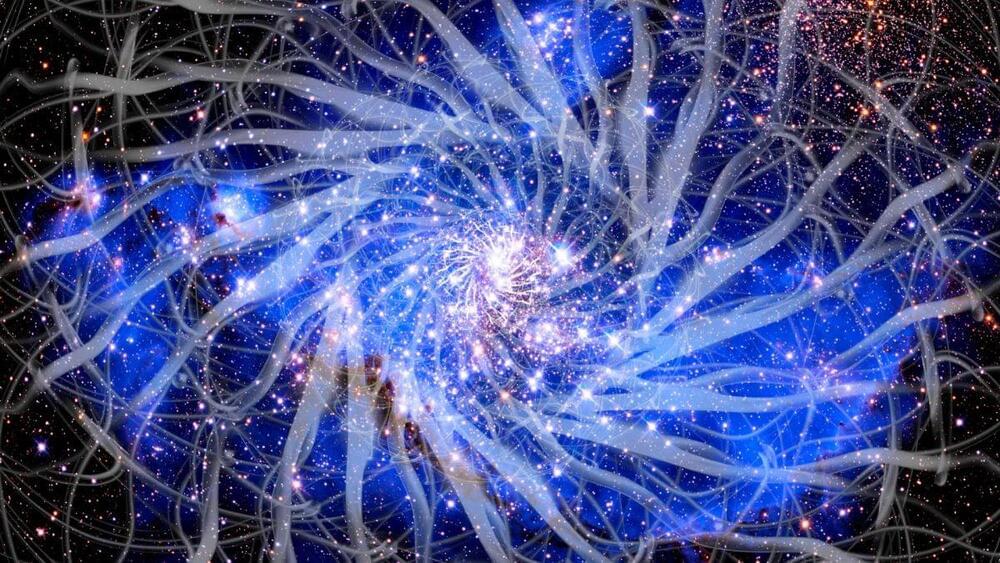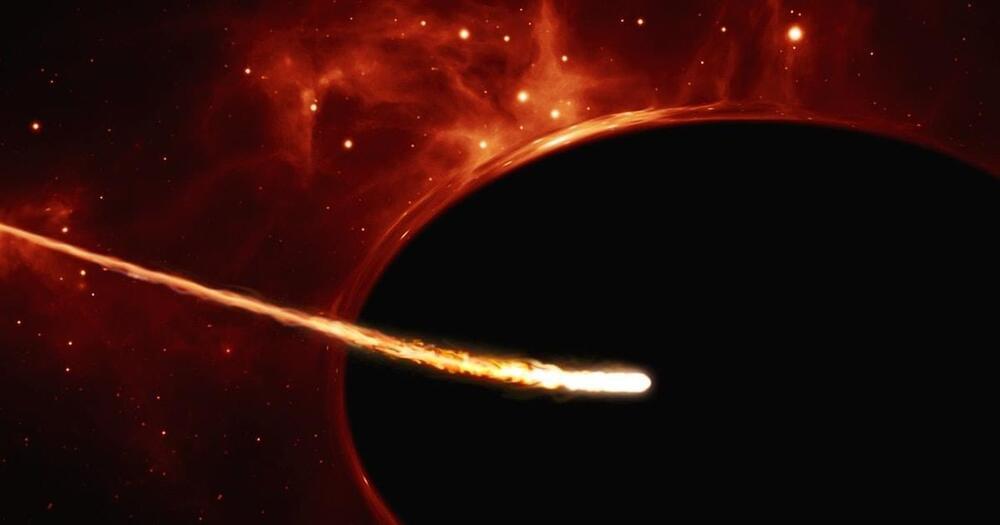Aug 26, 2022
Behold! Telescope image captures a dusty dance from merging galaxies
Posted by Atanas Atanasov in category: cosmology
NGC 7,727 will someday merge with a nearby galaxy — and intertwine their black holes in the process.
The galaxy’s violent past is written into its shape and composition, and the details are visible via telescope. This week, the European Southern Observatory released a new image of NGC 7,727 taken with the ground-based Very Large Telescope (VLT).
Captured in visible light with the VLT’s FOcal Reducer and low dispersion Spectrograph 2 instrument, streams of dust kicked up by the two merging galaxies can be seen spiraling around NGC 7727. Bright blue and purple clusters of stars dot the inner arms of the galaxy.
Continue reading “Behold! Telescope image captures a dusty dance from merging galaxies” »

